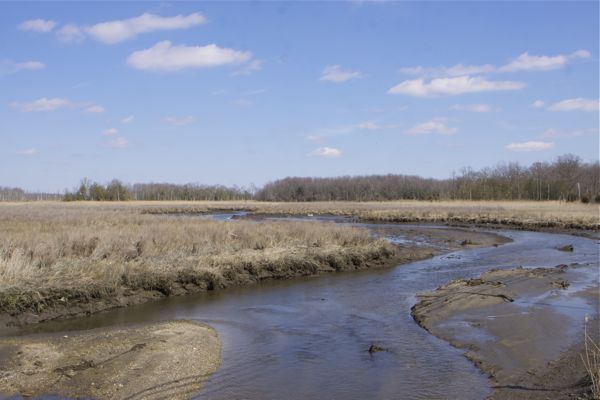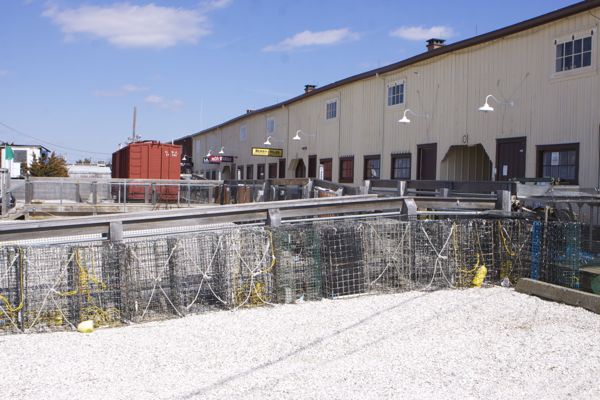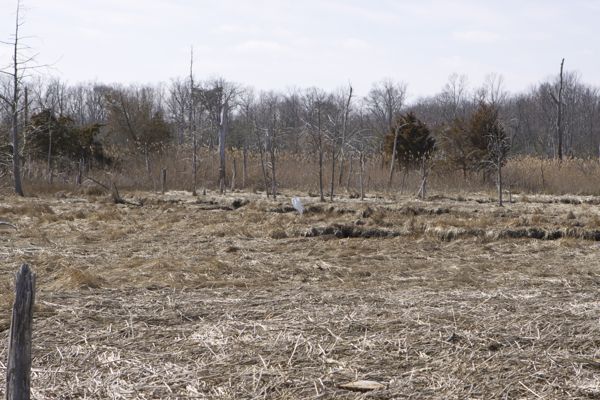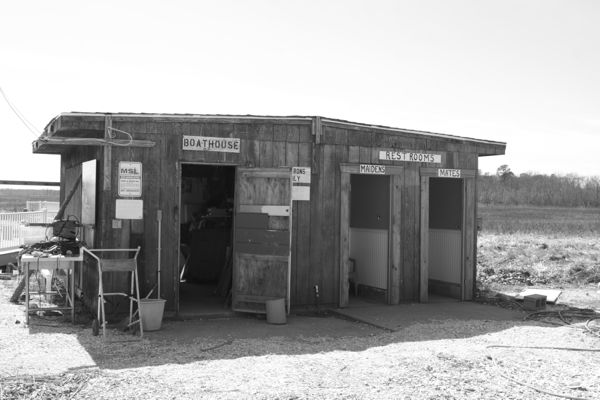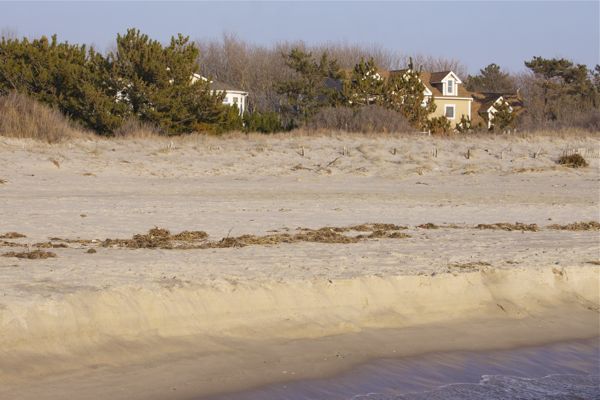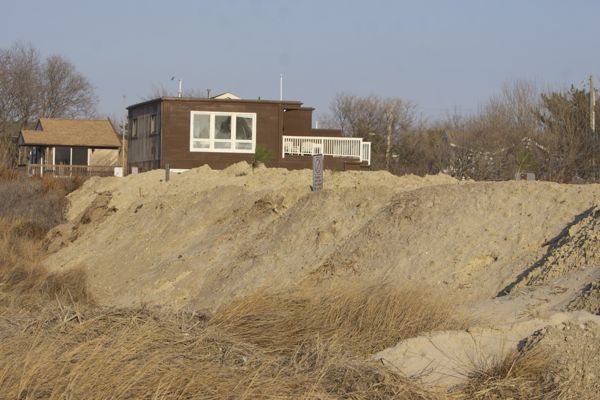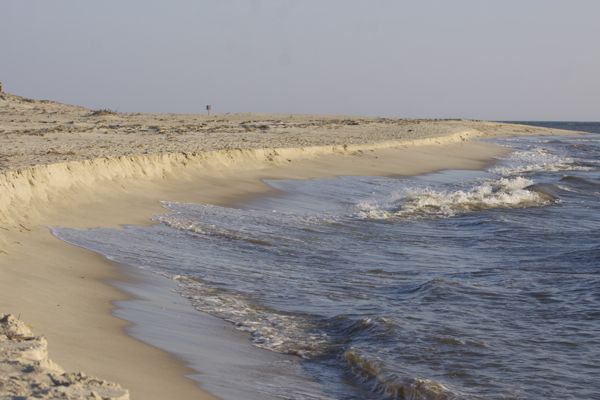Gov. Has No Plan For Climate Change, As He Dismantles Existing Efforts
Dismantling is Far Worse Than Denial
“I don’t believe in a carbon tax. …. I’m not going to put more regulations on corporations” Gov. Christie ~~~ ****Star Ledger 3/26/13
Important Introductory remarks
**** Curiously, in a bit of Orwell’s classic 1984 “down the memory hole”, the Star Ledger story I excerpted the above quote from was edited and the Gov.’s controversial remarks on climate and Sandy have been whitewashed. The original story had an extended quote by the Gov. to the affect that had the Gov. implemented greenhouse gas controls prior to Sandy that they would not have had any effect on Sandy. This direct quote in the original Ledger story also included a statement that “I don’t believe in a carbon tax”. That is a direct quote and I tweeted it at 2:55 pm: (yes I know I left out the … before “I don’t” and after “carbon tax” to break up the full quote, but that’s because of Twitter character limit, a problem I was going to resolve in this post)
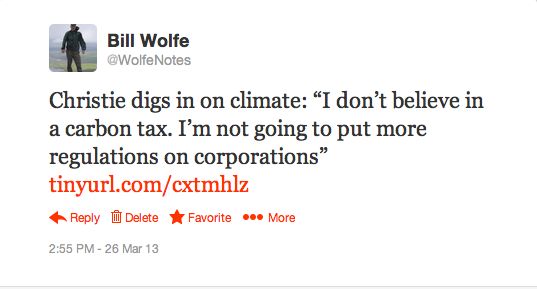
This is important because the original quote shows the Gov. arrogantly digging in with respect to previous criticism he took on failure to consider climate in his Sandy response.
Equally important, the Ledger deleted the Gov.’s quote opposing a carbon tax. That is a huge policy statement, given current proposals for a carbon tax to replace the cap and trade scheme that failed in Congress in Obama’s first term.
I had planned to criticize the Gov. by noting that if he opposed regulation and he opposed market based solutions, then there were very few policy tools left in the toolkit, aside from 1) tax breaks/incentives, 2) voluntary corporate efforts, and 3) public education and consumer choices, all of which are severely limited in terms of reducing greenhouse gas emissions or developing renewable power sources – and none of which the Gov. is actually funding and implementing. –
The deleted quotes demonstrate – in the Gov.’s own words – that he has no climate policy. end introductory remarks.
BREAKING!: The Star Ledger has confirmed that NJ Gov. Chris Christie is not a fellow Republican knuckle dragging climate change denier: (Ledger, edited version)
In 2011, Christie pulled New Jersey from the Regional Greenhouse Gas Initiative intended to control emissions, although he has said climate change is affecting the state and “human activity plays a role in these changes.”
Whoo-Hoo! Just what we called for!
So, let’s break that down.
Christie agrees that climate change is: 1) real; 2) already happening; 3) negatively impacting New Jersey; and 4) “human activity plays a role”.
So, what does Gov. Christie propose to do about it?
Based on his own statements, as we’ve written in detail, we know that climate change is not a priority to the Gov. and that he had no time to consider it prior to Sandy or during the Sandy recovery planning process.
Based on his record, as we’ve written in detail, we know he has done virtually nothing on climate change policy, other than systematically to dismantle and defund existing climate change and energy policies, programs, and institutions.
But now that the Gov. has had time to reflect, just what is his climate change policy?
It took many years and the sustained activist efforts of tens of thousands of NJ residents, attending hundreds of meetings and protests, to forge NJ’s fragile political consensus and policy framework on energy and environmental issues.
That consensus reflected a conscious choice to have public policy and sound planning drive policy decisions, not short term economic considerations or powerful political special interests (or things like cost benefit analysis, cost tests, a veto by the Chamber of Commerce, or a narrowly focused rate counsel – all key features of the current Christie policy landscape).
Let me offer just one historical example of that:
In the mid 1980’s, the Legislature, Governor Tom Kean, and DEP were calling for garbage incinerators to be built in each of NJ’s 21 counties. At the same time, the Hazardous Waste Facilities Siting Commission was planning to develop hazardous waste incineration capacity in NJ.
Those incineration plans were met by huge public opposition. Thousands of angry people turned out at hundreds of meetings and protests. Over a 5-6 year period, environmentalists effectively organized this strong public opposition to not only block those efforts, but, by 1990, to convince the Florio Administration to fundamentally reverse course.
Florio imposed a moratorium on garbage incineration, and instead adopted a policy of source reduction and maximum feasible recycling. Florio abandoned hazardous waste incineration and replaced that with toxics use reduction and pollution prevention as the preferred management options.And Florio began efforts to integrate energy and environmental policy by consolidating BPU energy programs in DEP, to form a new DEPE. [full disclosure: I was involved in all this at the time while working at DEP].
These were huge advances, they were enacted during a period of economic recession, they were made possible by grassroots activism prevailing over business interests, and they set the stage to play strong defense during the “Open for Business” Whitman administration.
All of this activist and policy work culminated in the 2007 passage of the Global Warming Response Act. As required by the Act, in 2009, DEP submitted a Report on how to implement the Act, with more than 20 recommendations to move forward.
So, the stage was set for NJ to be a national leader and make real progress in reducing GHG emissions and making the transition to renewable power.
Gov. Christie has unravelled that. It took decades to build.
And that unraveling of a political consensus and the dismantling of NJ’s robust policy framework are far worse than if the Gov. was a knuckle dragging denier.
Deniers can only block progress. Deniers can be worked around. Due to their extreme views, deniers marginalize and discredit themselves. Deniers really can do little harm.
But dismantlers like Gov. Christie are a disaster.
And the media lets Christie duck all that by appearing to be reasonable – i.e. he doesn’t deny climate change – all while they largely ignore his dismantling efforts.

